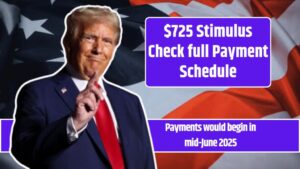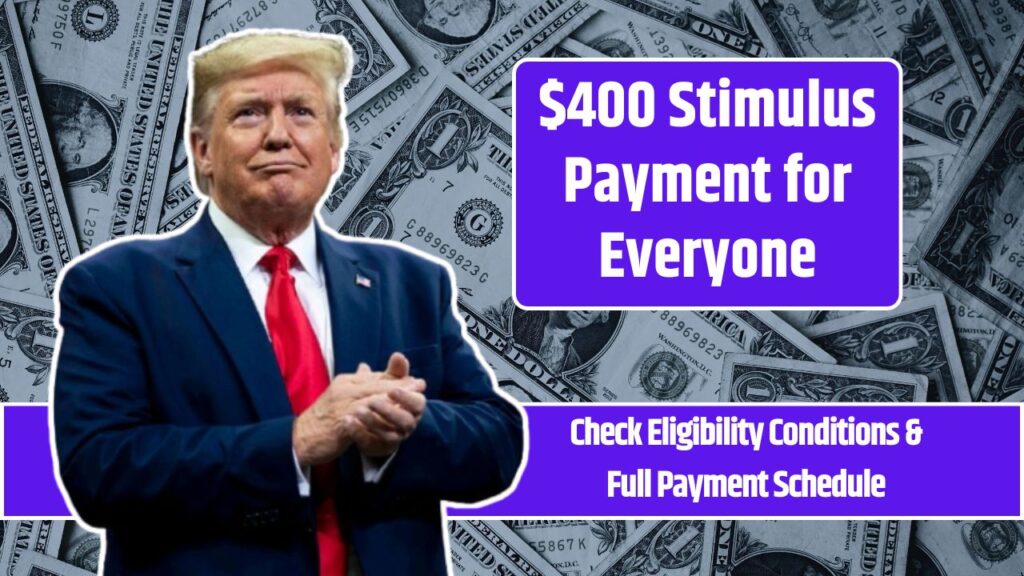The United States government continues to implement various stimulus programs to support citizens facing financial challenges due to economic fluctuations, inflation, and the residual effects of the COVID-19 pandemic. These initiatives aim to provide direct financial assistance to low-income families, seniors, and individuals with disabilities, helping them manage essential expenses such as food, housing, and utilities.
Overview of Recent Stimulus Initiatives
In recent developments, several stimulus programs have been introduced or extended to alleviate financial burdens on eligible residents:
- Recovery Rebate Credit Payments: The Internal Revenue Service (IRS) identified approximately one million taxpayers who were eligible for the Recovery Rebate Credit but did not claim it on their 2021 tax returns. To rectify this, the IRS is automatically issuing payments of up to $1,400 per individual, totaling about $2.4 billion. These payments are being distributed via direct deposit or mailed checks, with recipients expected to receive them by late January 2025. No additional action is required from eligible taxpayers.
- Alaska Permanent Fund Dividend: Alaska continues its tradition of distributing annual dividends to residents from its Permanent Fund, which is financed by the state’s oil revenues. In 2025, eligible Alaskans are set to receive payments of up to $1,702. To qualify, applicants must have been residents for the entire 2024 calendar year, intend to remain indefinitely, and meet other specific criteria. Applications have been open since January 1, 2025, and will close on March 31, 2025.
- Family First Economic Support Pilot Program in Sacramento: This initiative provides $725 monthly payments for one year to qualifying residents of Sacramento, California. The program targets households caring for children under five who are Black, African American, American Indian, or Native American, and who earn below 200% of the federal poverty level. The goal is to prevent Child Protective Services intervention by offering financial stability to vulnerable families.
Eligibility Criteria for Stimulus Programs
Eligibility requirements vary by program and state. However, common criteria include:
- Income Thresholds: Many programs target individuals or families with incomes below a certain level, often defined as a percentage of the federal poverty line or specific income caps.
- Residency Requirements: Applicants must typically be residents of the state or locality offering the stimulus and intend to remain there indefinitely.
- Filing Status: For federal programs like the Recovery Rebate Credit, eligibility may depend on having filed a tax return for a specific year and not exceeding income limits based on filing status (e.g., single, married filing jointly).
- Specific Demographics: Some programs are tailored to support particular communities or demographics, such as families with young children from certain racial or ethnic backgrounds.
How to Claim Stimulus Benefits
To access these benefits, individuals should:
- Review Eligibility Criteria: Carefully assess the specific requirements of the stimulus program to ensure qualification.
- Submit Necessary Applications: For programs requiring applications, such as state or local initiatives, complete and submit the required forms by the specified deadlines.
- File Tax Returns: For federal credits like the Recovery Rebate Credit, ensure that tax returns for the relevant years are filed. Even if no income was earned, filing can be necessary to claim certain credits.
- Monitor Communications: Stay informed by checking official government websites and communications for updates on payment statuses and additional requirements.
Conclusion
Stimulus programs continue to play a crucial role in supporting Americans facing financial hardships. By understanding eligibility criteria and application processes, individuals can access the assistance available to them, helping to mitigate the impacts of economic challenges.
FAQs:
What is the Recovery Rebate Credit?
The Recovery Rebate Credit is a refundable tax credit for individuals who did not receive some or all of their Economic Impact Payments (stimulus checks) during the COVID-19 pandemic. Eligible taxpayers can claim this credit on their tax returns.
How do I know if I’m eligible for the Alaska Permanent Fund Dividend?
Eligibility requires full-year residency in Alaska during the previous calendar year, intent to remain indefinitely, and meeting other specific criteria outlined by the state.
What is the purpose of Sacramento’s Family First Economic Support Pilot Program?
This program aims to provide financial assistance to vulnerable families, particularly those at risk of Child Protective Services intervention, by offering monthly payments to promote stability and well-being.











